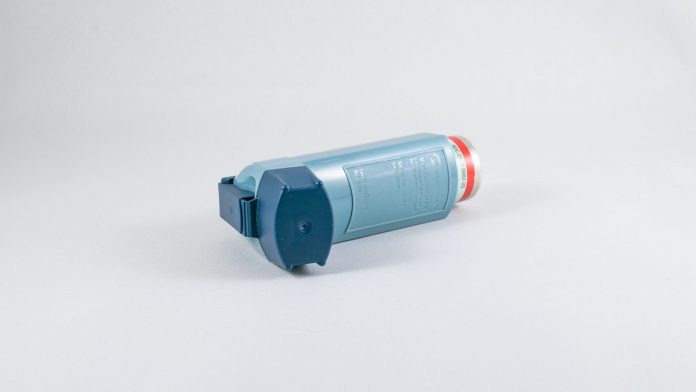
Researchers have found that increasing the dosage of inhaled steroids when asthma symptoms are exacerbated does not effectively prevent severe flare-ups in children.
The study, funded by the National Heart, Lung, and Blood Institute (NHLBI), part of the National Institutes of Health, has also found that increasing the dosage to help asthma symptoms may be associated with slowing a child’s growth.
Asthma flare-ups are common and costly in children, so to prevent it many health professionals recommend increasing the doses of inhaled steroids from low to high at early signs of symptoms like wheezing, coughing and shortness of breath.
The issue is that until now, researchers haven’t rigorously tested the safety and efficacy of this method in children with mild to moderate asthma.
Is it harmful to children?
Daniel Jackson, MD, associate professor of paediatrics at the University of Wisconsin School of Medicine, USA, and expert on childhood asthma, said: “These findings suggest that a short-term increase to high-dose inhaled steroids should not be routinely included in asthma treatment plans for children with mild-moderate asthma who are regularly using low-dose inhaled corticosteroids.
“Low-dose inhaled steroids remain the cornerstone of daily treatment in affected children.”
What did the study entail?
The research team studied 254 children at the ages of five to eleven years whom had mild to moderate asthma for nearly a year.
As some children experienced the earliest signs of asthma flare-ups, the researchers continued to give low-dose inhaled steroids (two puffs from an inhaler twice daily) to half the children and increased to high-dose inhaled steroids (five times the standard dose) in the other half.
What did the study find?
Despite the children getting a high-dose of steroids having 14% more exposure to inhaled steroids than the low-dose group, they didn’t experience fewer severe flare-ups.
According to the release, the investigators found that the rate of growth of children in the short-term high-dose strategy group was about 0.23 centimetres per year less than the rate for children in the low-dose strategy group, even though the high-dose treatments were given only about two weeks per year on average.
While the growth difference was small, the finding echoes previous studies showing that children who take inhaled corticosteroids for asthma may experience a small negative impact on their growth rate.
More frequent or prolonged high-dose steroid use in children might increase this adverse effect, the researchers caution.
Dr James Kiley, director of the NHLBI’s Division of Lung Diseases, concluded: “This study allows caregivers to make informed decisions about how to treat their young patients with asthma.”
























